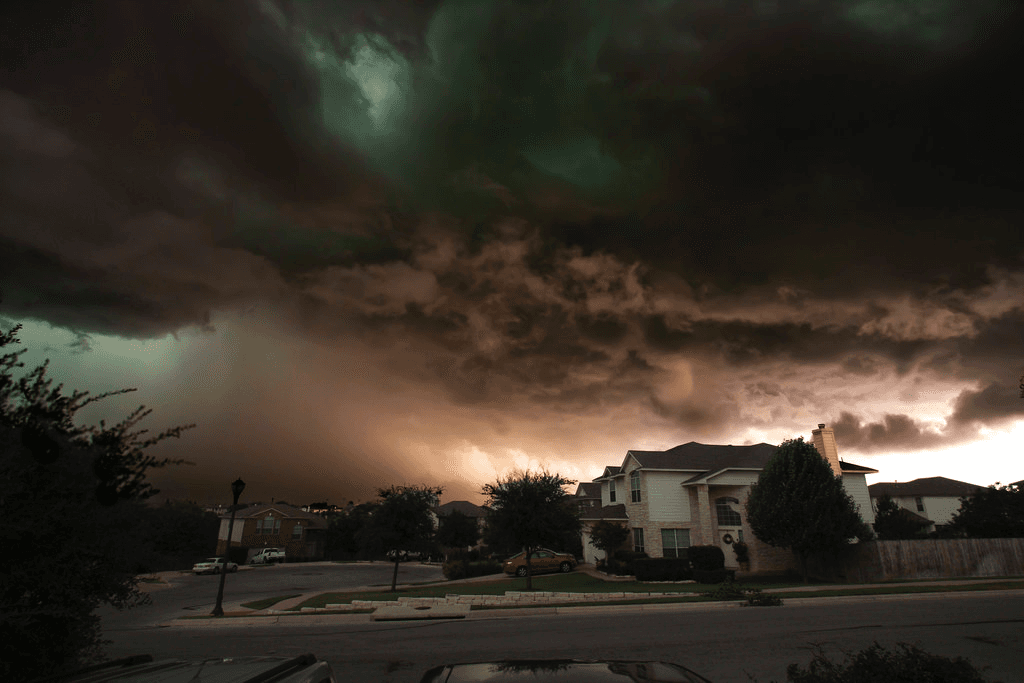Maintenance4min read
8 Ways to Prepare Your AC for Storms
Learn some smart steps you can take to protect your outdoor air conditioner or heat pump during hurricanes and summer storms.

Learn some smart steps you can take to protect your outdoor air conditioner or heat pump during hurricanes and summer storms.

Getting Started Guide
Learn helpful HVAC tips and tricks before you purchase your system.
Warranty & Registration
A healthy HVAC system can last longer and save money. Maintain your system with these tips.
Dealers can answer questions, help you find the right products for your home, and repair your system.
Connect with our Customer Care team about your products, warranties, and dealer concerns.
Available Monday – Friday from 7am to 5pm CST
A phone